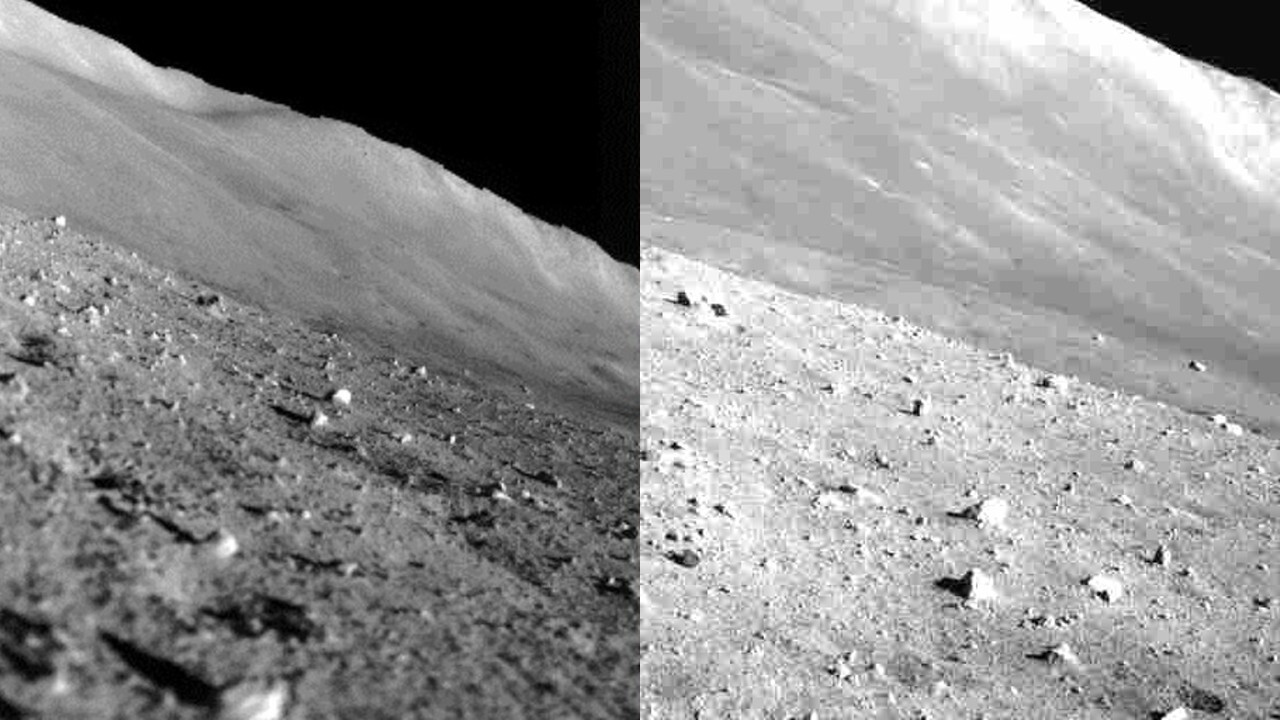
As a Japanese moon lander again went dormant, controllers bid farewell.
The sun stopped shining above SLIM, short for "Smart Lander for Investigating Moon," as of 5 p.m. EST (2200 GMT) on Thursday (Feb. 29), officials with the Japan Aerospace Exploration Agency (JAXA) announced on X, formerly Twitter. SLIM landed upside down on the moon on Jan. 19, which means its solar panels are crooked but can still receive a bit of power.
"Although the probability of failure will increase due to repeated severe temperature cycles, SLIM plans to try operation again the next time the sun shines (in late March)," the update from JAXA read, automatically translated from Japanese to English by Google.
Related: Japan's SLIM moon lander photographed on the lunar surface — on its nose (image)
The lander woke up on Feb. 26 during extremely hot temperatures of 212 Fahrenheit (100 Celsius) in its region and has been making contact here and there with Earth in the days since. Most recently, SLIM attempted observations with its multiband spectroscopic camera (MBC) attempted scientific observation, but "it did not work properly," JAXA officials wrote.
"This seems to be due to the effects of overnight," the update continued, referring to the frigid two-week-long lunar night that SLIM experienced before the sun shone near Shioli crater again. "But we will continue to investigate based on the data we have obtained for the next opportunity."
SLIM has only operated for brief bursts of activity, including a short observation schedule after landing upside-down Jan. 19 due to engine trouble. Then it had roughly two days of operations after reviving nearly 10 days later on Jan. 29, and then the itinerant work since Feb. 26.
Despite all, SLIM has met both main and extended mission objectives: Landing precisely on the moon, deploying two tiny rovers and conducting science with its navigation camera and its spectroscopic camera, particularly searching for signs of olivine on the surface.
Japan is only the fifth country to soft-land on the moon, following the Soviet Union, the United States, China and India. The U.S. made its own historic moon landing as well recently; the Intuitive Machines IM-1 Odysseus lander touched down softly on Feb. 22 to achieve the first American landing in 52 years, since Apollo 17. Odysseus went offline Thursday (Feb. 29) and may have completed its mission, operators said.







